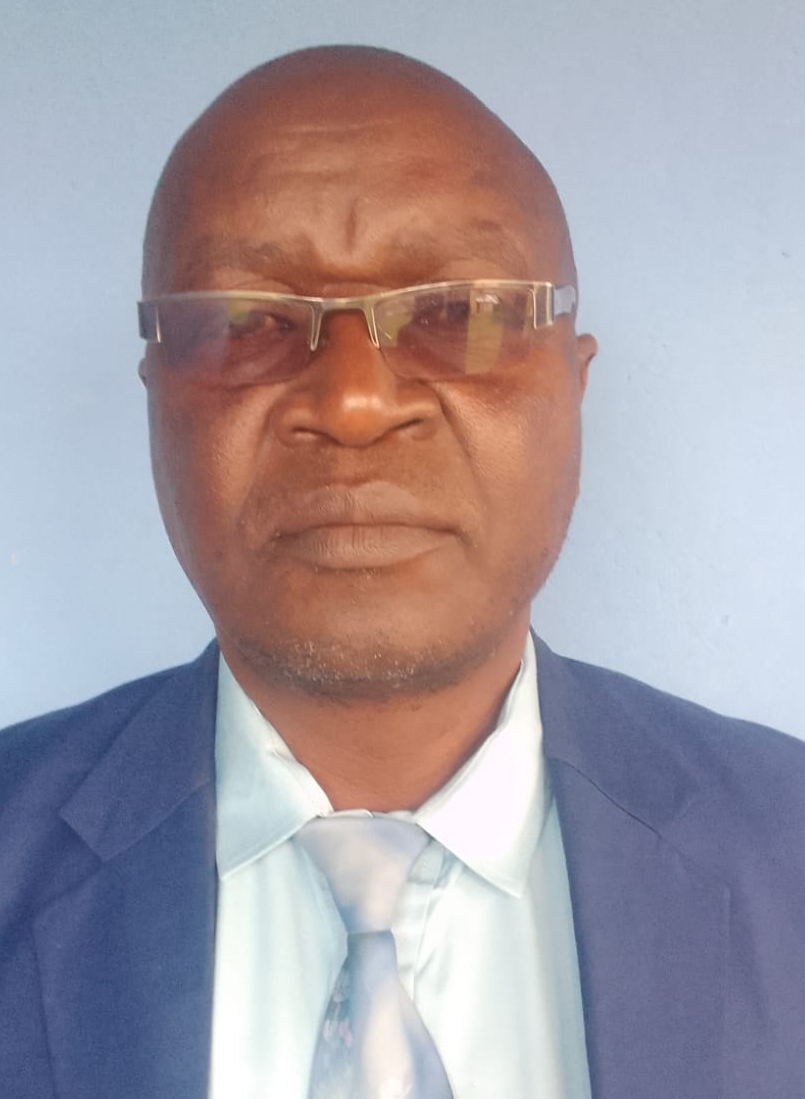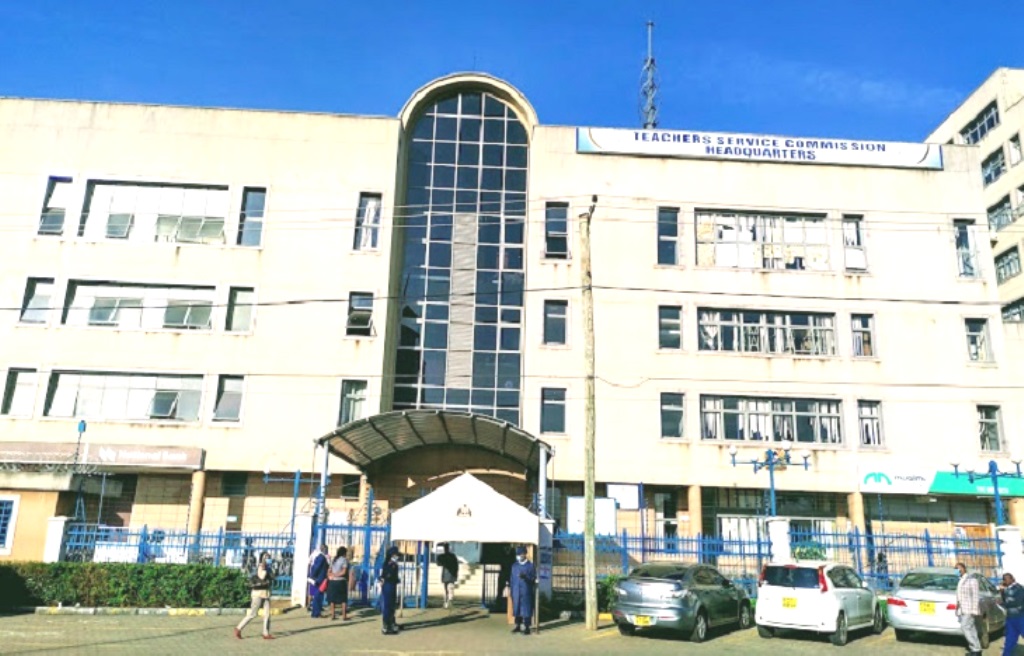For years, Kenya’s north-eastern counties — Mandera, Wajir, and Garissa — have stood at the crossroads of courage and fear. For teachers posted to these regions, every school day is an act of bravery. Their mission is simple yet sacred — to educate children in communities often forgotten, fragile, and fear-filled.
The pain runs deep. In November 2014, a bus traveling from Mandera to Nairobi was ambushed. Twenty-eight passengers were executed, seventeen of them teachers — men and women whose only weapons were a pen and a piece of chalk. That single event tore through the heart of the teaching fraternity and opened a wound that has never fully healed.
Since then, tragedy has struck repeatedly. In 2018, teachers Johnstone Okumu and Simon Wekesa were killed at Arabia Boys Secondary School. Later that year, two more teachers and a spouse were murdered in Wajir. In 2020, three teachers at Kamuthe Primary School in Garissa were executed in yet another night of terror.
Then came October 2025, when Garissa University lecturer Ochieng Minudi was brutally murdered in a suspected gang attack at Bulla Mzuri. His death rekindled memories of past horrors — a haunting reminder that insecurity in the North has evolved, not disappeared.
“We should never be silent when a teacher or lecturer is killed. Their only shield is knowledge, and their classroom is their battleground for peace.”
Each time one falls, the light of education flickers, and a part of the nation’s soul grows dim. Old wounds reopen with every act of violence, yet amid the pain, teachers continue to report to work, driven by faith that education is the strongest weapon against ignorance and extremism.
ALSO READ:
MoE drops ‘mentally handicapped’ label in schools to uphold learners’ dignity
The repeated killings have left education on its knees in these regions. Fear has forced hundreds of teachers to flee, leaving many schools half-staffed or deserted entirely. The Teachers Service Commission (TSC) now faces a moral and logistical crisis — balancing staff safety with the constitutional right of every child to learn.
Some teachers return to TSC headquarters seeking transfers; others refuse postings altogether. The Ministry of Education struggles to maintain learning through temporary contracts and local recruitment, but qualified staffs remain scarce. Security agencies, for their part, are stretched across vast, remote landscapes where surveillance and response are slow. The result is a cycle of fear, flight, and failure.
For the stability in these regions to be Strengthened, a joint commitment from the TSC, Ministry of Education, security agencies, and local communities are required and the following should be done;
Protection and Coordination
Teachers must receive escorted transport, secure housing, and emergency communication lines directly linked to security officers. Patrols should prioritize school zones and staff residences.
Joint Command Centers
Establish Education-Security Coordination Units in each county to monitor threats and respond to emergencies in real time.
Community-Based Security Networks
Peace grows from within. Local elders, youth, and parents should work closely with schools under Nyumba Kumi and community policing models, building trust and reducing hostility.
Motivation and Psychological Support
Teachers serving in high-risk zones deserve risk allowances, counseling services, and recognition for bravery. Emotional wellbeing is as critical as physical protection.
Development as a Security Tool
True peace requires more than armed patrols — it demands roads, jobs, communication, and inclusion. Development cuts off the oxygen that sustains insecurity: poverty, isolation, and ignorance.
ALSO READ:
KUPPET Makueni demands end to unpaid extra duties for teachers
Effects of Teachers Vacating Restive Areas
The exodus of teachers has crippled education and disrupted the fragile social fabric of northern Kenya. Each departure echoes a silent tragedy — a classroom without a teacher is a dream deferred.
Collapse of Learning and Poor Results
Schools remain deserted for months. Students go without instruction, and exam results plummet. The educational gap between the North and other regions widens, denying children equal opportunity.
Rising Dropouts and Early Marriages
Idle learners lose interest; many drop out. Boys turn to herding or menial labor, while girls are forced into early marriages, undoing years of advocacy for education and gender equity.
Psychological Trauma
Children who witness violence or sudden teacher transfers develop fear and hopelessness. Classrooms — once safe spaces — become zones of anxiety.
Loss of Role Models
Teachers are mentors. Their absence leaves students without guidance, creating a vacuum where radicalization and negative influences take root.
Community Disillusionment
When schools close, communities feel abandoned. Parents lose trust in government promises, fueling resentment and weakening national cohesion.
Burnout Among Remaining Teachers
Those who stay shoulder unbearable burdens — teaching multiple subjects, handling administrative tasks, and safeguarding themselves. Many experience trauma, depression, and exhaustion, yet continue out of duty.
Economic and National Impact
The government bears rising costs in transfers, recruitment, and risk management. Regional inequality widens as human capital diminishes. Fewer educated youth mean fewer professionals, limited leadership, and stalled development.
The Future Effects of Development
Investment in security, infrastructure, and education in the North can produce monumental transformation:
Revival of Education: Safety and improved facilities will attract teachers back, restoring confidence in schooling.
Economic Growth: Roads, energy, and connectivity create jobs and reduce youth idleness.
Equality and Integration: Balanced development narrows the North-South divide, strengthening national unity.
Empowerment of Women and Youth: Secure schools enable more girls to complete education and lead.
Enduring Peace: When youth find purpose through education and work, extremism loses its grip. Development becomes the most powerful weapon against terror.
ALSO READ:
Family feud erupts as High Court revokes lecturer’s control over Sh200 million estate
What Legislators from the Region Should Expedite
Lawmakers from Mandera, Wajir, Garissa, Isiolo, Marsabit, and Turkana must move beyond sympathy and pursue strategic, sustained action:
- Push for a Special Security and Education Taskforce to design region-specific protection measures.
- Advocate for Permanent Security Infrastructure in Schools — police posts, safe housing, and lighting
- Enhance Budget Allocation and Development Equity for roads, power, and communication networks.
- Strengthen Local Teacher Recruitment and Training through scholarships and bursaries.
- Legislate Risk and Hardship Allowances for teachers in volatile areas.
- Establish Trauma Support and Counseling Centers for staff, students, and families.
- Champion Infrastructure and Economic Projects to reduce isolation and poverty.
- Promote Peace Education and Inter-Community Dialogue with faith leaders, elders, and NGOs
- Ensure Accountability in Security Spending so funds reach intended beneficiaries.
- Voice the Teachers’ Plight in Parliament to make attacks a national concern
The story of Mandera, Wajir, and Garissa is one of pain, persistence, and hope. Teachers have stood firm where others have fled, teaching through fear to keep the torch of learning alive.
But lasting peace and education cannot rest on teachers alone. Communities — parents, elders, youth, and leaders — must unite for a common cause. Schools cannot thrive if we treat only the symptoms and leave the disease to fester. Violence, poverty, and neglect are the disease; education, security, and development are the cure.
When northern Kenya raises — classrooms full, children learning, and roads secure — the sacrifices of those lost will not be forgotten. The pens and chalk they held stand as symbols of a nation that refused to let ignorance and fear win.
Old wounds can heal, but only if communities, educators, and leaders tackle root causes together. Unity is the path to a stronger, wiser, and more resilient Kenya — one where no teacher ever dies for daring to teach.
By Hillary Muhalya
You can also follow our social media pages on Twitter: Education News KE and Facebook: Education News Newspaper for timely updates.
>>> Click here to stay up-to-date with trending regional stories
>>> Click here to read more informed opinions on the country’s education landscape






